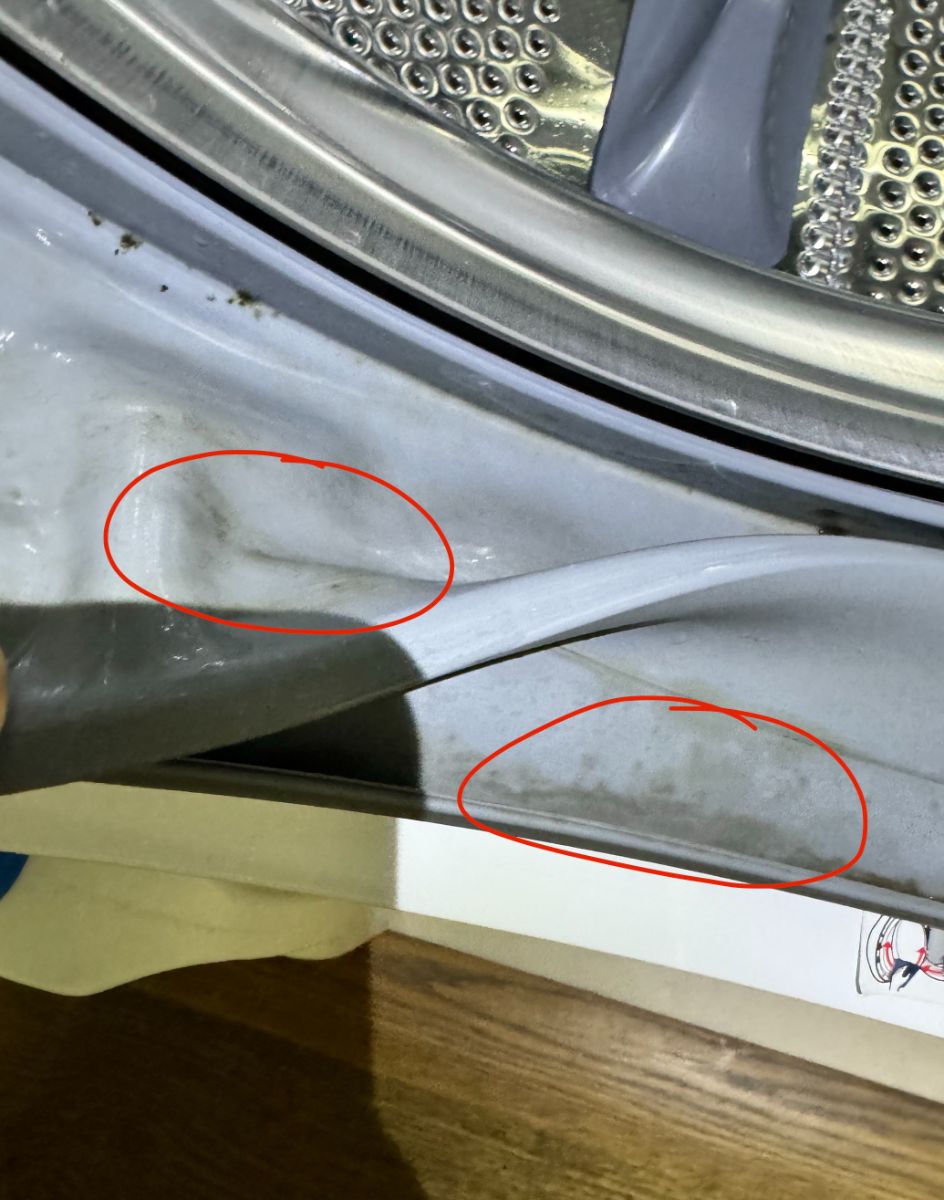The presence of buildup on the lining of your washing machine is a concern shared by many homeowners. This issue can not only affect the performance of your washing machine but can also pose health risks if not addressed promptly. Mildew, mold, and other types of buildup can lead to unpleasant odors and might even cause allergic reactions in sensitive individuals. Understanding the nature of this buildup and learning how to deal with it is crucial for maintaining a clean and efficient home.
You might be wondering if this article is worth your time. The fact is that ignoring the buildup in your washing machine can lead to long-term issues, including costly repairs or replacements. Taking the time now to understand the problem and learn effective solutions can save you both time and money in the future. Keep reading to gain practical knowledge that ensures your washing machine remains in peak condition and protects your family's health.
Advertisement
What Causes Buildup?
Several factors contribute to the buildup on the lining of your washing machine:
1. Detergent Residue:
Using too much detergent or using a detergent that is not high-efficiency (HE) can leave a residue that builds up over time.
2. Fabric Softener:
Fabric softeners can leave a waxy film that traps dirt and lint, adding to the buildup.
3. Mineral Deposits:
Hard water can leave mineral deposits that accumulate and contribute to the problem.
4. Moisture:
A damp environment inside the washing machine can promote the growth of mildew and mold.
Is It Mildew?
Mildew is a common culprit when it comes to washing machine buildup. It thrives in damp, dark environments like the interior of a washing machine. One telltale sign of mildew is a musty odor. If you notice black or dark green spots, it is likely mildew.
Other types of mold can also form in your washing machine, especially if the machine is not cleaned regularly. These molds can not only spread to your clothes but can also cause respiratory issues and other health problems.
Should You Be Worried?
Yes, you should take the buildup seriously. Ignoring it can lead to several problems:
1. Health Risks:
As mentioned earlier, molds and mildew can cause allergic reactions and respiratory issues.
2. Smell:
The musty odor can transfer to your clothes, leaving them smelling unpleasant.
3. Efficiency:
Buildup can affect the performance of your washing machine, leading to longer wash times and less effective cleaning.
4. Damage:
Over time, buildup can corrode the components of your washing machine, potentially leading to costly repairs or replacements.
How to Prevent and Remove Buildup
Taking proactive steps can help you avoid these issues:
1. Regular Cleaning:
Clean the interior of your washing machine at least once a month. You can use a mixture of vinegar and baking soda or a commercial washing machine cleaner.
2. Use the Right Detergent:
Always use a high-efficiency (HE) detergent if you have a high-efficiency washing machine.
3. Avoid Fabric Softener:
Consider using alternative softening agents like dryer sheets or wool dryer balls.
4. Dry After Use:
Leave the washing machine door open after each use to allow it to dry completely, preventing the growth of mildew and mold.
5. Check Seals:
Regularly inspect the rubber seals for any signs of mold and clean them thoroughly.
Advertisement
By understanding what causes buildup in your washing machine, recognizing the signs of mildew, and taking steps to prevent and remove buildup, you can keep your appliance in top condition and ensure a healthier home environment.

